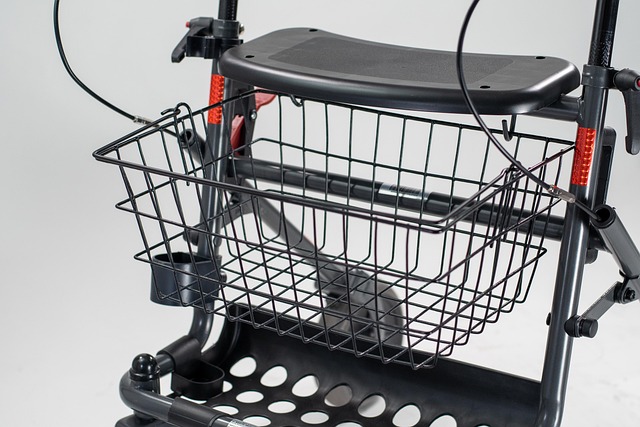Exploring the Benefits of Soft Mobility: A Sustainable Approach to Urban Transportation
In a world increasingly burdened by traffic congestion, air pollution, and the chaos of city life, the concept of soft mobility emerges as a breath of fresh air. What does it mean to embrace soft mobility? At its core, this approach emphasizes the importance of low-impact, environmentally friendly transportation methods that encourage a healthier lifestyle and a cleaner planet.
Understanding Soft Mobility
Soft mobility refers to modes of transportation that are gentle on both the environment and our urban spaces. This includes walking, cycling, and using public transportation. It represents a shift away from car-centric urban planning, advocating for alternatives that promote accessibility, safety, and sustainability.
The Environmental Impact
One of the most compelling benefits of soft mobility is its positive impact on the environment. By choosing to walk or bike instead of using a gasoline-powered car, individuals can significantly reduce their carbon footprint. Cities designed with pedestrian pathways and bike lanes can mitigate traffic congestion, reduce greenhouse gas emissions, and improve air quality, creating a healthier urban environment for everyone.
Enhancing Quality of Life
Soft mobility doesn’t just help the planet; it also enriches the lives of residents. Walking and cycling promote physical health, encouraging residents to be more active. Moreover, these modes of transportation foster a greater sense of community, as people are more likely to interact with their surroundings and with one another when they are not enclosed in vehicles. Streets designed for soft mobility can transform urban landscapes into vibrant communal spaces, filled with cafes, parks, and art that reflect the character of the neighborhood.
Cost-Effectiveness
From an economic standpoint, embracing soft mobility can lead to substantial savings for both individuals and cities. Walking and cycling eliminate the costs associated with fuel, maintenance, and parking fees. For governments, investing in infrastructure for soft mobility can prove to be more cost-effective than building highways or maintaining extensive road systems, which demand ongoing maintenance and repairs.
Improving Accessibility
When cities prioritize soft mobility, they become more inclusive and accessible. Urban areas designed with pedestrians and cyclists in mind tend to consider the needs of all citizens, including the elderly and disabled. By enhancing connectivity through safe and accessible pathways, we allow each person to navigate their environment with dignity and ease.
A Sustainable Future
The transition towards soft mobility is not just a trend; it’s a pivotal movement towards sustainable urban living. By investing in public transport systems, creating safe walking and biking paths, and promoting a culture that values these modes of transportation, we are laying the groundwork for healthier, more connected, and sustainable urban environments. As we forge this path, we invite more individuals to join the soft mobility revolution, transforming not just the way we get around, but also the places we call home.




